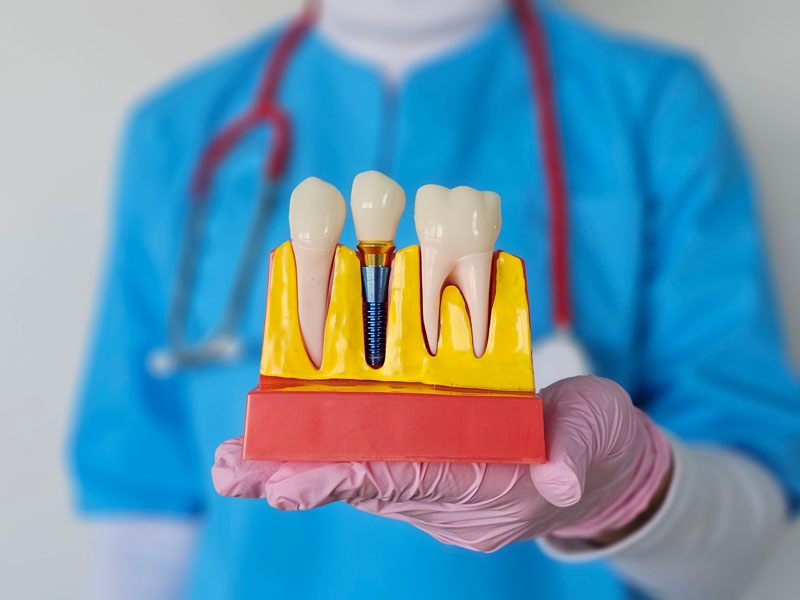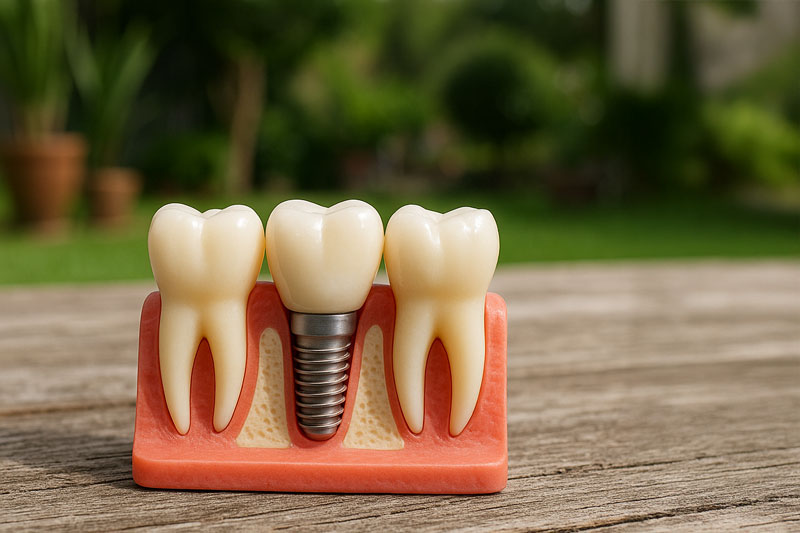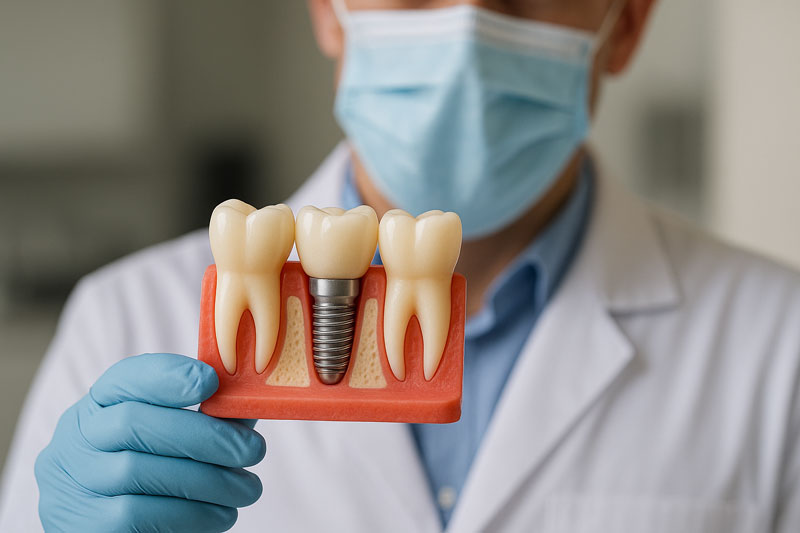Blog - Fort Wayne, IN
Tips, Facts, And The
Latest In Dentistry

What Is Sedation Dentistry?
It’s not uncommon to fear the dentist. That said, when your dental anxiety has become a significant obstacle to getting necessary oral healthcare services, it may be time to consider sedation dentistry.
What is sedation dentistry? Also called sleep dentistry, sedation dentistry is a safe and effective process in which the dentist uses sedative medications or drugs to relax anxious patients during dental procedures. Sedation dentistry can be administered for all types of dental care, from simple tooth cleanings to complex restoration procedures.
One of the major benefits of sedation dentistry is that complex, lengthy dental procedures that would normally require multiple appointments can often be performed in just one or two visits. Under sedation, patients are calm, comfortable, and feel as though their procedure lasts only a few minutes.
Despite being called sleep dentistry, patients don’t actually sleep during their procedures. Although the effects of the sedative may cause a patient to feel drowsy, sedation dentistry enables patients to remain relaxed, yet awake and responsive throughout the procedure.
3 Types of Sedation Dentistry
A dentist will determine which sedation is most appropriate based on the patient’s individual needs, the type of treatment being performed, and how long the procedure will take. To help ensure the appropriate sedatives are used, your dentist will require a full medical history and physical assessment prior to treatment.
There are three common types of sedation dentistry:
- Nitrous oxide: Nitrous oxide (i.e., laughing gas) is administered to a patient through a nasal mask. This type of sedation is a great option for patients with mild to moderate anxiety and for shorter procedures that don’t require a lot of time in the dentist chair. The effects of the gas wear off quickly, and patients can resume normal activities immediately.
- Oral sedation: With oral sedation, patients take a prescription pill prior to coming in for the appointment. This type of sedation can be of mild or moderate level. Patients are fully relaxed by the time they reach the dentist office, which is why a parent, spouse, or friend must accompany them to the appointment.
- IV sedation: Intravenous (IV) sedation allows the dentist to provide a deeper level of sedation, although patients remain fully conscious throughout the procedure. The sedative is directly injected to a vein, and patients quickly reach a relaxed, semi-awake state. Following treatment, patients will feel drowsy and need someone to drive them home until the effects of the medication wear off completely. This form of sedation is best-suited for patients with severe anxiety, as well as complex, lengthy treatments.
Who Benefits From Sedation Dentistry?
Sedation dentistry can be a great option for patients who have a high level of anxiety about visiting the dentist. Similarly, people who have a low pain threshold, a severe gag reflex, trouble sitting for long periods, or difficulty getting number are also good candidates.
Ready to Learn More?
If you’re afraid to go to the dentist and have been putting off routine dental work, consider learning more about sedation dentistry today. Whether you’re due for a routine cleaning or need to have your wisdom teeth removed, Sycamore Hills Dentistry will walk you through the three types of sedation dentistry and determine which one would be most beneficial for your needs.
Contact our office today to learn more.




